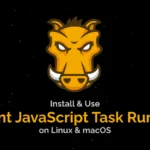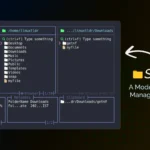Beginners Guide for cd Command on Linux
The UNIX/Linux CD command is popularly used to move into different directories from the current working directory using the command line (or terminal). When you open your terminal, Linux will use your home directory as the current working directory, so to navigate into a different





